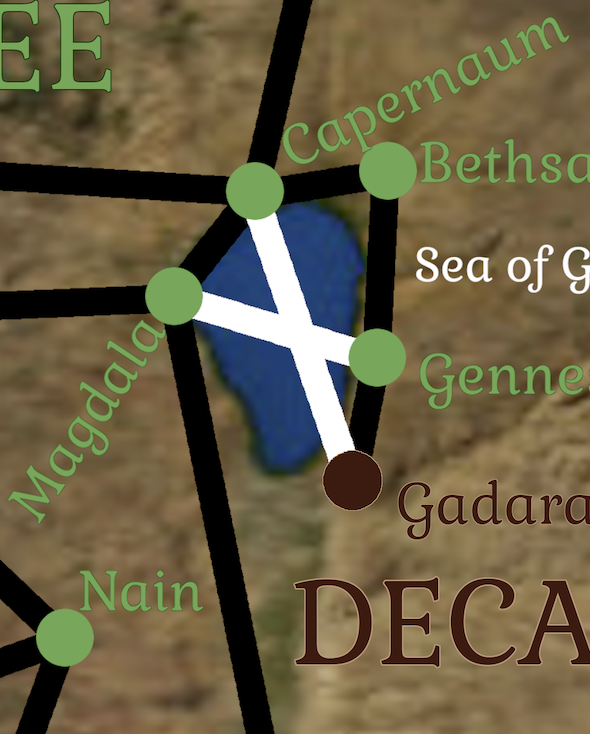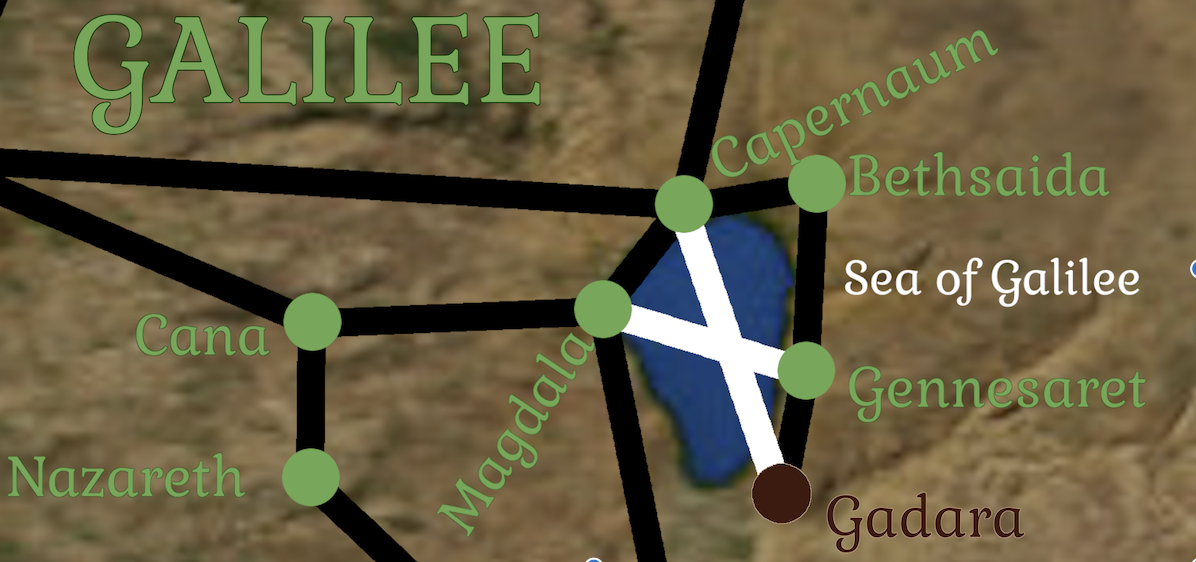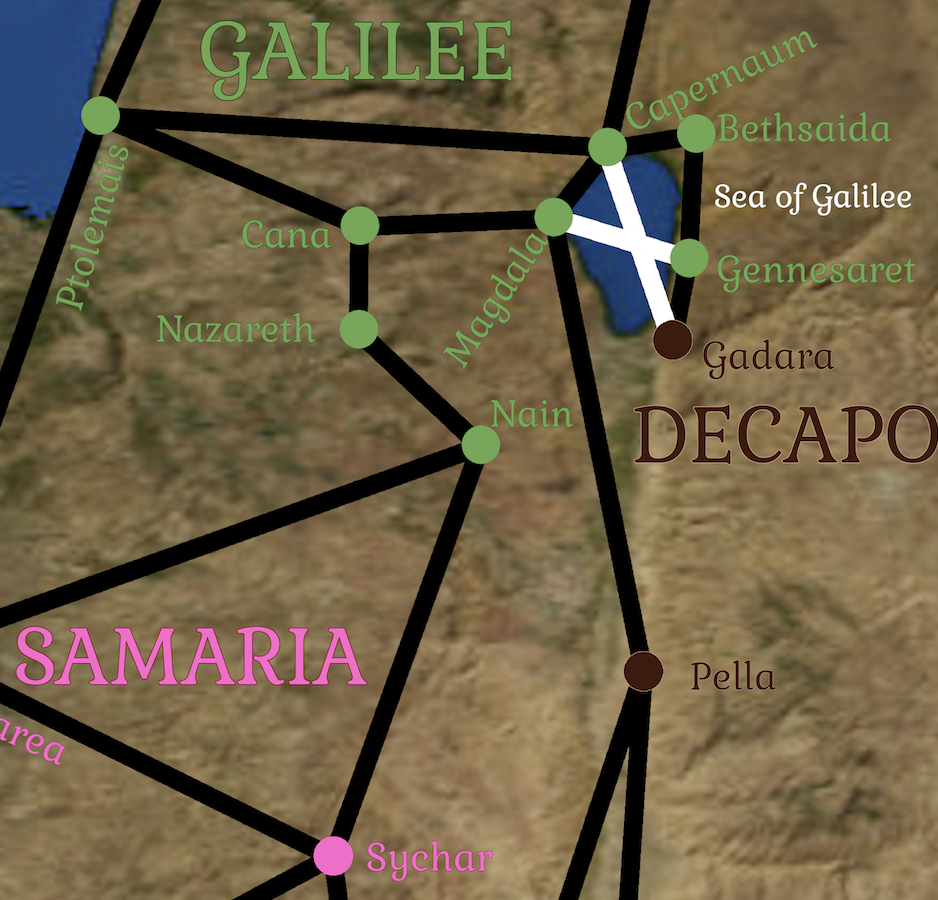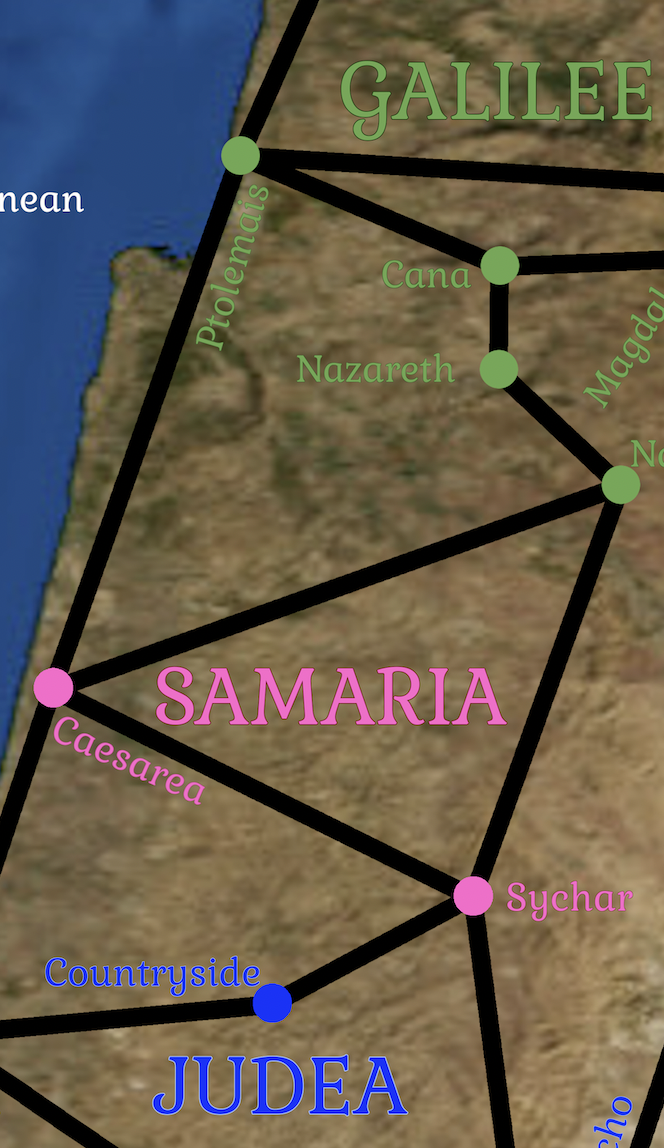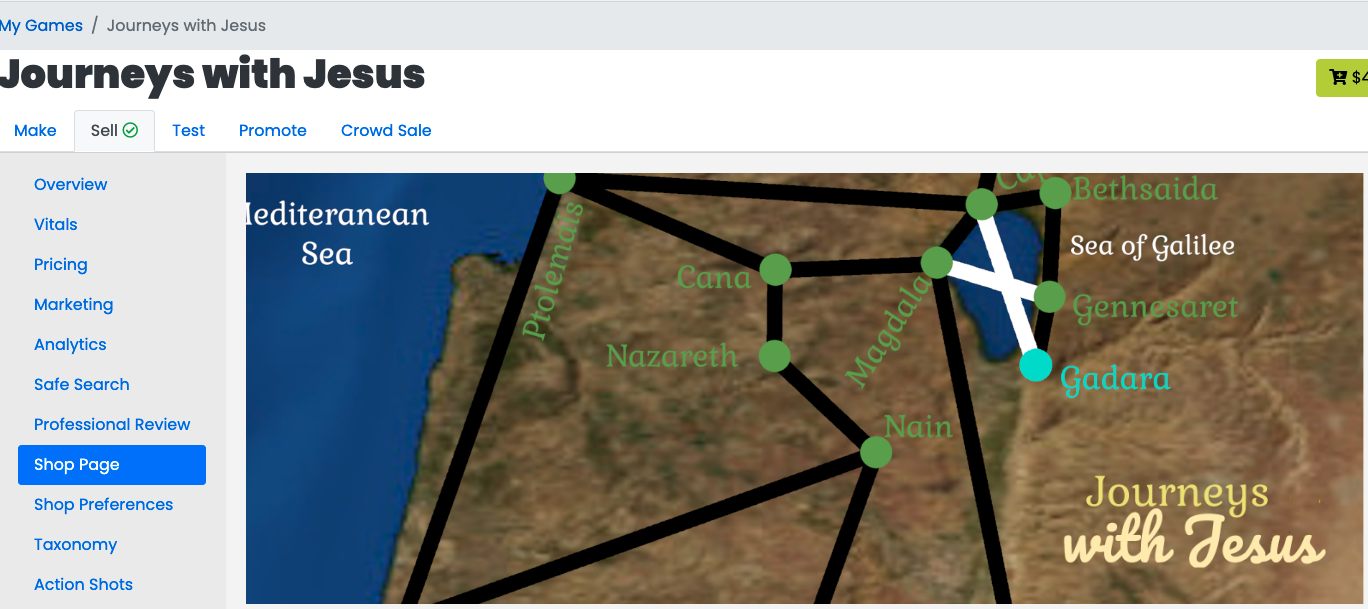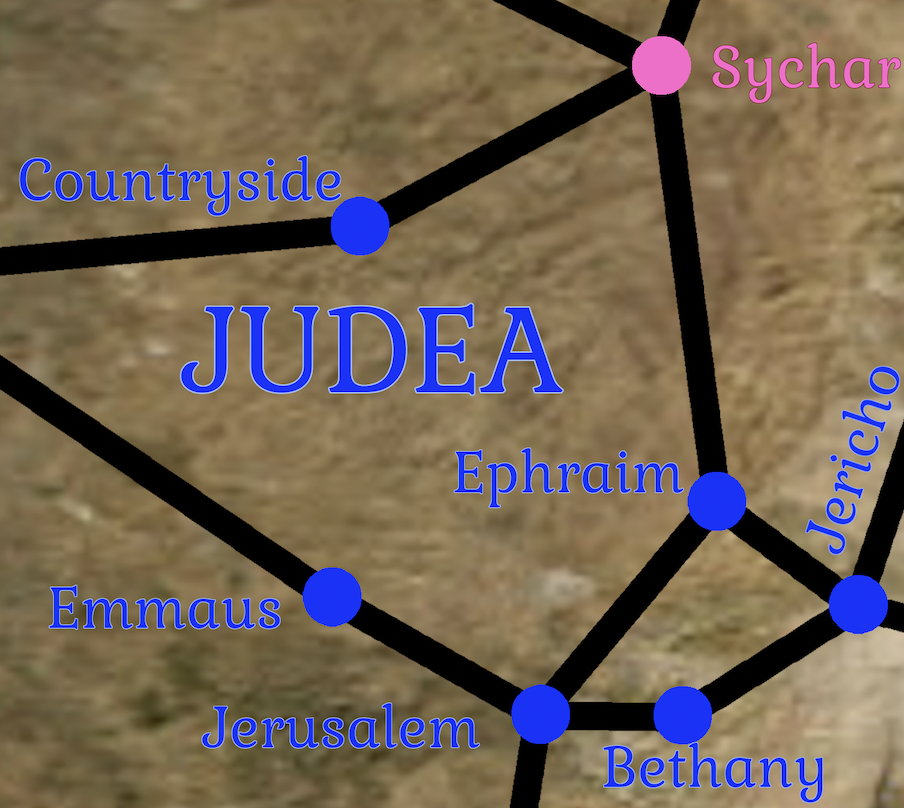In our last post, Jesus came to Capernaum and made it the base for his ministry throughout Galilee and beyond. Today we look at one of the trips he made from Capernaum.
Soon afterwards, he went to a city called Nain. Many of his disciples, along with a great multitude, went with him. (Luke 7:11)
Nain was not a significant city. It is not mentioned anywhere else in either the Old or New Testament nor in any other known writings of the period. It still exists as a small Arab village called Nein.
It was like many towns and villages throughout Galilee. And yet, Jesus chose to visit and while there, he performed an amazing miracle (Luke 7:12-15). The town was on the very southern edge of Galilee and we are told that news of the miracle was heard “in the whole of Judea, and in all the surrounding region” (Luke 7:17).
How could something done in a small village have such a big impact? The short answer, of course, is that God accomplishes all of His holy will. But specifically, Jesus came to Nain with perfect timing, and the village was perfectly located for this miracle to be reported far and wide.
I would imagine that Nain was normally a quiet city with the relatively few citizens going about their own affairs, but on the day that Jesus chose to visit, there was a major public event happening that had the attention of the whole community. The text tells us that “many people of the city” had gathered to grieve with a widowed mother in her immeasurable sorrow. Although we aren’t told, it would not be surprising if others from nearby towns were also there. All of these witnesses were able to join in her immeasurable joy when Jesus raised the woman’s only son from the dead.
Undoubtedly this would have a big impact on this small city. But because Nain was particularly situated, the impact spread far beyond its borders.
Nain is at the foot of the Hill of Moreh, on the northern edge of the Valley of Jezreel. This valley is also called the Valley of Megido, the Plain of Jezreel, and the Valley and Plain of Esdraelon (the Greek rendering of Jezreel).
The name Jezreel may sound familiar. The town of Jezreel was not far from Nain and was where evil King Ahab of the northern kingdom of Israel had his royal palace. Naboth had his vineyard there. Jehu carried out the Lord’s vengeance on Ahab’s family in Jezreel, killing Ahab’s son Jehoram, who had succeeded him to the throne, Ahab’s wicked wife Jezebel, and Ahab’s grandson Ahaziah, the king of Judah (and more) (2 Kings 9-10).
Because of Ahab and Jezebel, it’s natural that we have a negative view of Jezreel, but the name means “God sows”, and the valley of that name was broad and fertile. It stretched from Mount Carmel on the Mediterranean coast to the Sea of Galilee and the Jordan River.
Because the valley cut through the highlands, it was an easy west-east path across the land. It became a route for invaders and the scene of important battles in Israel’s history.
In Judges 6 we read that the Midianites and Amalekites would wait for the Israelites to raise their crops, then they would invade and take it all as spoil (Judges 6:3-5), but God raised up Gideon who miraculously delivered Israel from these invaders (Judges 6:33-34; 7:12, 22).
Later, King Saul set his armies at Jezreel, while the Philistine armies marched through the valley from the west to meet them (1 Samuel 29:1). Saul’s army retreated to Mount Gilboa where they were defeated and Saul and his sons were killed (1 Samuel 31:1).
And other battles were fought here, both victories and defeats for God’s chosen people. Symbolically, the book of Revelation even refers to Megiddo (Revelation 16:16) in describing God’s great final victory.
But perhaps more relevant to the spread of the news of Jesus’ miracle was that, the Via Maris, passed through this valley, very near to Nain. Travelers stopping in and near Nain would’ve heard of God “visiting His people” in this place and would spread the news to all the surrounding region.
Perhaps you feel like you are in an insignificant place and time. Don’t be fooled. God can use you to accomplish His good and holy will. Spread His good news to all around you!
—
The map at the top of this post is a snapshot of a portion of the gameboard for Journeys with Jesus. Note that, for gameplay purposes, in the game, there’s not a direct connection between Magdala and Nain, although in reality, the Great Trunk Road would be along that path.
If you’ve found this interesting and would like to continue to read these stories of the journeys and places in Journeys with Jesus, sign up in the sidebar to receive updates.
Note: all scripture quotes, unless otherwise noted, are from the World English Bible which is in the public domain.

